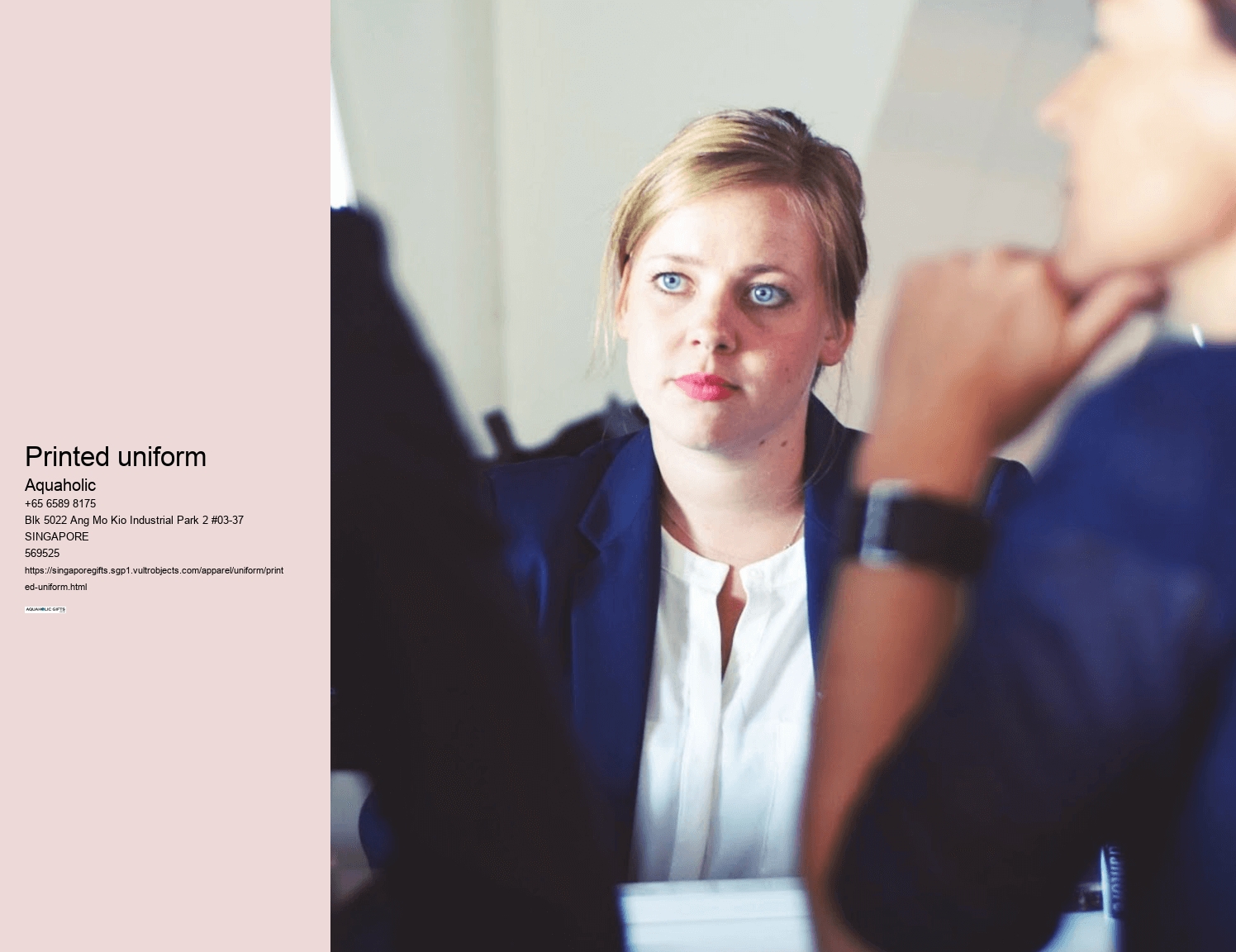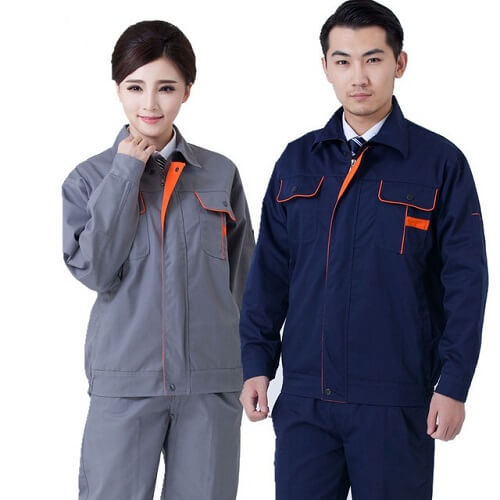
The uniforms should be inclusive and cater to individuals of all sizes. Try to strive for an equilibrium between your logo and the uniform. Imagine sitting in a long board meeting, and you feel either too hot or too cold.
However, wool also comes with adaptability, allowing comfort in warmer conditions by wicking moisture away from the body. Discover the new frontier of technology by using synthetic fabrics such as rayon and polyester.
But where and how big? The simpler the maintenance is, the more likely that the uniform will last in look and feel over time.
In the maze of fabrics selecting one that is in tune with the climate and formality of work is a skill that we can master today. The fabric you choose to clothing plays an important part in this choice.
Uniforms are much more than clothes. Cotton seems like the superhero in the fabric universe. The incorporation of a logo in a uniform is a craft as well as a trip.
The design should be flexible to ensure that wearers feel comfortable even in the most extreme environment conditions. Try to strive for harmoniousness between logos and the uniform.
Maintenance is the most important aspect. Innovative ideas and innovative approaches can lead to new horizons of brand recognition and visibility.
Colors guide emotions, while fonts guide perceptions. Perhaps a poly-cotton blend for toughness?

The uniform you wear isn't a universal thing. Choosing a material that complements your logo ensures that it withstands the tides of time, wear, and weather. The wearers will be exposed to the sun's heat or at a desk with air conditioning?
Is it cotton for its ability to breathe? They subtly communicate the brand image and the vibe you wish to convey.
Cotton appears to be the super-hero in the fabric universe. Is it merely about names and titles, or is there a whole universe of options waiting to be explored?
Selecting a material that matches your logo will ensure that it will stand up to the forces of wear, time and the elements. They make sure that the uniform is a safe platform for the brand's journey.
Incorporating feedback from wearers assures that the finished product will meet design and comfort expectations. However, the wearer's ease of wearing isn't a factor. A logo that is too big could obscure the uniform's design, whereas the wrong size could cause it to be look like it's been tossed away in the sea.
The choice whispers the unspoken words of your brand’s tale. In the odyssey of logo incorporation, comfort and durability are the unsung heroes.
Staying ahead of the curve aids to navigate the ocean of competition with foresight as well as preparedness. It could take the shape of accessories or even slight variations in the design elements.
What outfit will not only be professional, but also show ease of movement and flexibility to various climates and settings in your workplace? Do you prefer cotton for its ability to breathe?

Be sure to be aware of their breathability as well as the way they react to different temperatures prior to making a decision. When you stand in front of your closet each morning, what goes through your mind? But, wearers' ease of wearing isn't a factor.
Colors and fonts in customization act like the unsung heroes. If the setting is one that exudes class and elegance Wool and cotton suits are often unchallenged.
Creative and new ideas will help you discover new areas of brand recognition and visibility. Would you go for the classic cotton, the resilient polyester, or a blend that brings in the best of both worlds?
Take into consideration the climate and environmental conditions in which the uniform is to be used. Collecting and incorporating feedback from the wearers ensures that the final product meets comfort and design expectations.
Will the wearers be exposed to the hot sun, or will they be nestled in an air-conditioned office? Placing your logo to the chest puts it in the center of the public's attention. The place is the captain of a logo's incorporation boat.
Because it’s breathable, durable, and presents itself with a crisp elegance that suits the corporate world perfectly. The zipper, pockets and buttons are all a part to the utility of an outfit.
The process of incorporating logos from companies in uniforms is like sailing across the expanse of advertising. The cut and the fit are not only about fashion but are crucial to wearers' physical comfort and overall experience.
Ergonomics ensures that the design supports the wearer’s physical needs, promoting comfort and productivity. In conclusion, designing a uniform is a multifaceted task.
Dark colors absorb heat, while light colors reflect it. Maintenance is key. People come in a variety of dimensions and body shapes so the design and fitting of a uniform must reflect the diversity.
Customization in uniforms is an exhilarating journey of exploring options and creating a masterpiece that resonates with your brand’s identity and the wearers' individuality. Imagine sitting in a long board meeting and feeling hot or cold.
Which attire will not just speak professionalism but also bring out comfort and adaptability according to different corporate settings and climates? Why you have to settle for the same fabric when you could make a blend?
If you master the art of branding, your company will be able to sail effortlessly through the waters of recognition and visibility. Staying ahead of the game helps to navigate the ocean of competition with foresight as well as ability.

When designing uniforms for marketing, consider the comfort and functionality of the attire, the visibility and placement of branding elements, and the choice of colors to ensure that it aligns with your brand's identity. It's also important to select materials suitable for the intended use.
Yes, most corporate uniform suppliers in Singapore offer customization options. Businesses can choose specific branding elements, such as logos, colors, slogans, and fabric options, to ensure that the uniforms align with their unique brand identity.
When selecting uniform suppliers, businesses should consider factors such as the supplier's reputation, quality of materials, customization options, pricing, lead times, ethical manufacturing practices, and adherence to sustainability goals, if applicable.